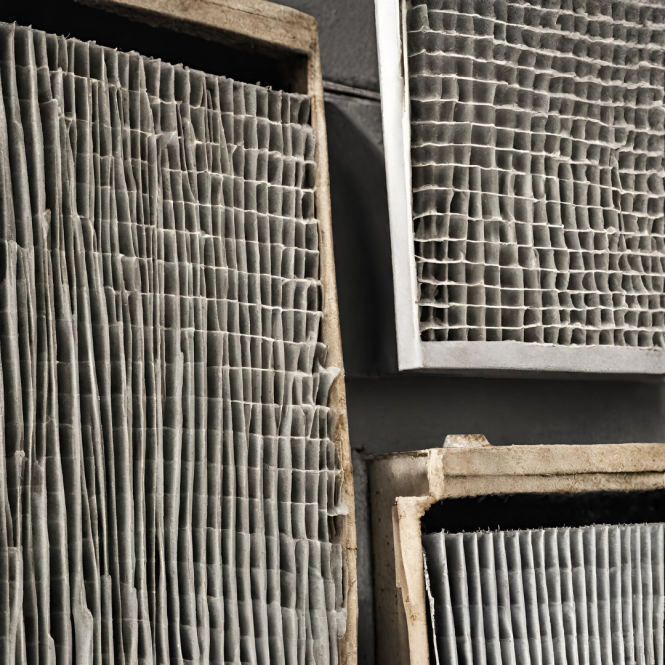

DIY AC filter changes are a straightforward way to save money and enhance your home’s indoor air quality. Imagine waking up to crisp, clean air, feeling healthier, and saving money on energy bills—all with a few simple steps. This comprehensive guide provides a step-by-step walkthrough of the DIY AC filter change process, covering everything from choosing the right filter to properly installing it. This article will delve into how to do your air conditioner filter maintenance yourself, minimizing costs and maximizing air quality. We’ll cover the benefits, materials needed, step-by-step instructions, troubleshooting, and tips for long-term maintenance. Let’s dive in!
Understanding the Importance of AC Filter Replacement
Why Regular AC Filter Changes Matter
Maintaining your air conditioner (AC) is crucial for both energy efficiency and indoor air quality. Dirty air filters restrict airflow, forcing your AC to work harder to maintain the desired temperature. This increased workload translates to higher energy consumption and ultimately, a higher energy bill. Over time, dust, pollen, pet dander, and other allergens accumulate in the air filters, reducing their effectiveness. This can lead to poor indoor air quality, causing respiratory problems and allergic reactions in people who have sensitivities.
Choosing the Right AC Filter
Selecting a Suitable Filter Type
Selecting the correct AC filter is critical for optimal performance. Different types of air filters are designed for different needs and environments. Before you buy, determine the type of filter your AC system requires. Consider factors such as the size of the filter, MERV rating (Minimum Efficiency Reporting Value), and material. Higher MERV ratings generally provide better filtration but may impact airflow. Ensure you get the right air filter size to ensure it fits your specific air conditioner model.
Gathering the Necessary Supplies
Essential Tools and Materials
Before you begin the DIY AC filter change, gather the necessary supplies. These will vary based on your specific AC unit and the type of filter you’ve chosen. You’ll likely need a new AC filter (matched to your model), a screwdriver (Phillips or flathead, depending on your unit), a small trash bag or container, and safety glasses. In some cases, a step stool may be needed to access the filter. If you’re unsure about any tools or supplies, consult your user manual for specific requirements.
Step-by-Step Guide to AC Filter Replacement
Removing and Replacing the Old Filter
The precise steps for replacing an AC filter can vary based on the type of air conditioner. However, most units follow a similar process. Generally, locate the access panel for your AC filter. Consult your user manual to see where the filter is located and what tools or steps are involved. Carefully remove the old filter, and dispose of it properly. Carefully examine the new filter to ensure it’s suitable for your AC. Place the new filter back into the filter housing, making sure it’s properly installed and aligned.
Troubleshooting Common Issues
Addressing Installation Problems
If you encounter problems during the filter replacement process, refer to your user manual or consult a qualified HVAC technician. Potential issues might include incorrect filter placement or improper handling. Check your unit’s filter access panel again to make sure it’s properly placed. Double-check all connections to ensure the filter is properly secured. If the filter is still not properly installed, consult a qualified technician for further assistance.
How much does changing an AC filter cost?
Most people find it significantly cheaper to do DIY AC filter changes themselves, especially compared to hiring a professional technician. Replacing an AC filter can save a substantial amount of money compared to recurring costs associated with a technician.
What are the benefits of doing DIY AC filter changes?
Beyond saving money, DIY AC filter changes can reduce the amount of allergens and pollutants circulating in the home, contributing to healthier indoor air quality. Regular replacements also help maintain energy efficiency.
Can I use any filter for my AC?
No. Always ensure you use a compatible filter for your specific air conditioner model. Consult your owner’s manual or the manufacturer’s website for specific filter recommendations.
Frequently Asked Questions
What is the ideal frequency for changing AC filters?
For optimal air quality and energy efficiency, it’s recommended to change your AC filters at least every 1-3 months, or more frequently if you live in a dusty or high-allergen environment. The frequency may also depend on your home’s usage, how much dust is in the air, and the MERV rating of your filter.
In conclusion, performing DIY AC filter changes is a simple, cost-effective way to improve indoor air quality and potentially extend the lifespan of your air conditioner. By following these steps and tips, you can save money and breathe easier. Remember regular maintenance is key to a healthy home environment. Ready to take control of your AC maintenance? Get started with our easy DIY AC filter change guide today!